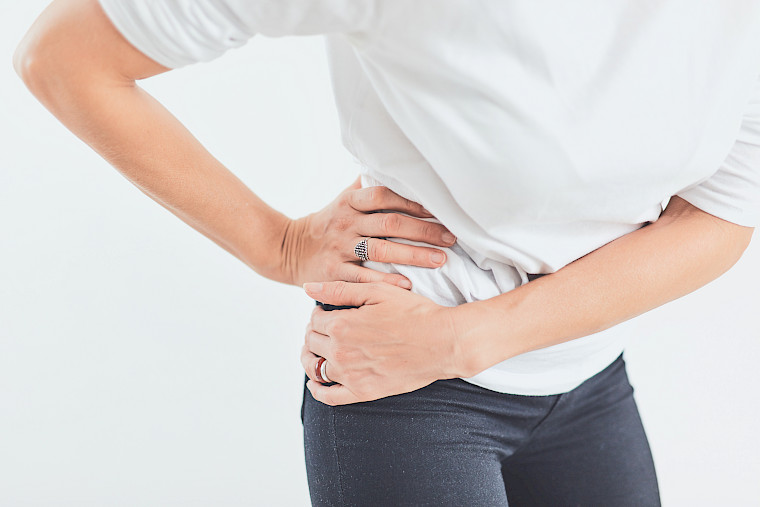Treatments
Conservative therapies
If the osteoarthritis of the hip joint is still in the early stages, it can be treated conservatively. In this case, special shoe inserts, shoes with cushioned soles or walking sticks are used in an attempt to relieve the joint. Cartilage-supporting and pain-relieving drugs are also prescribed to counteract the pain.
The progression of osteoarthritis can also be influenced by adopting better lifestyle habits. Losing excess weight and low-impact exercise such as cycling are beneficial. However, the osteoarthritis itself cannot be stopped or cured by conservative measures.
Hyaluronic acid injections
The hyaluronic acid preparation acts as a synthetic lubricant and is injected directly into the joint. The extra lubrication reduces the friction on the cartilage surface and improves the mobility of the joint. This also reduces joint inflammation.
Injections of lubricant vary in effectiveness, depending on how advanced the osteoarthritis is. Hyaluronic acid injections allow the majority of patients to regain a good proportion of their quality of life.
Cortisone injections
The human body makes its own cortisone to reduce inflammation. Injecting synthetically manufactured cortisone uses the properties of the body’s own cortisone to relieve pain. Because the synthetically produced cortisone dissolves more slowly, the effect lasts longer. However, cortisone also has side effects. It can attack bone and cartilage and weaken tendons. It also suppresses your immune system and therefore increases the risk of infection.
Surgical treatment
If the conservative measures are not helpful and the pain in the hip persists, an artificial hip joint, i.e. a hip prosthesis, can be considered.
Thanks to the advanced method of keyhole surgery, which helps to preserve the tissue, the stabilising hip muscles are only pushed to the side, rather than being severed as they were before. In this minimally invasive procedure, the artificial hip joint is introduced from the front. In some Swiss Medical Network clinics, we treat you based on agile+®.
An incision of about eight centimetres is made in the skin, through which the artificial hip joint is inserted without injuring the tissue.
The hip operation takes up to two hours and the hospital stay is around two to five days.





